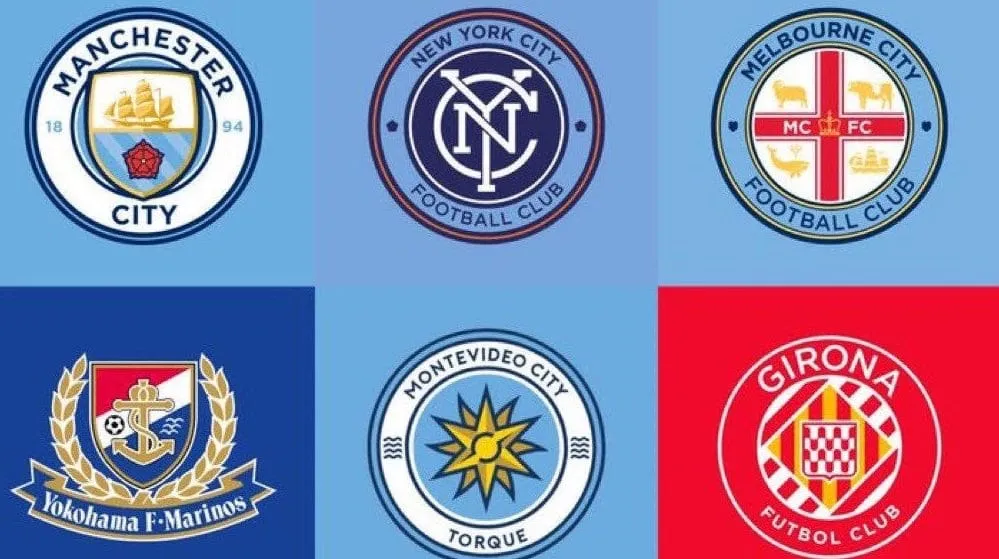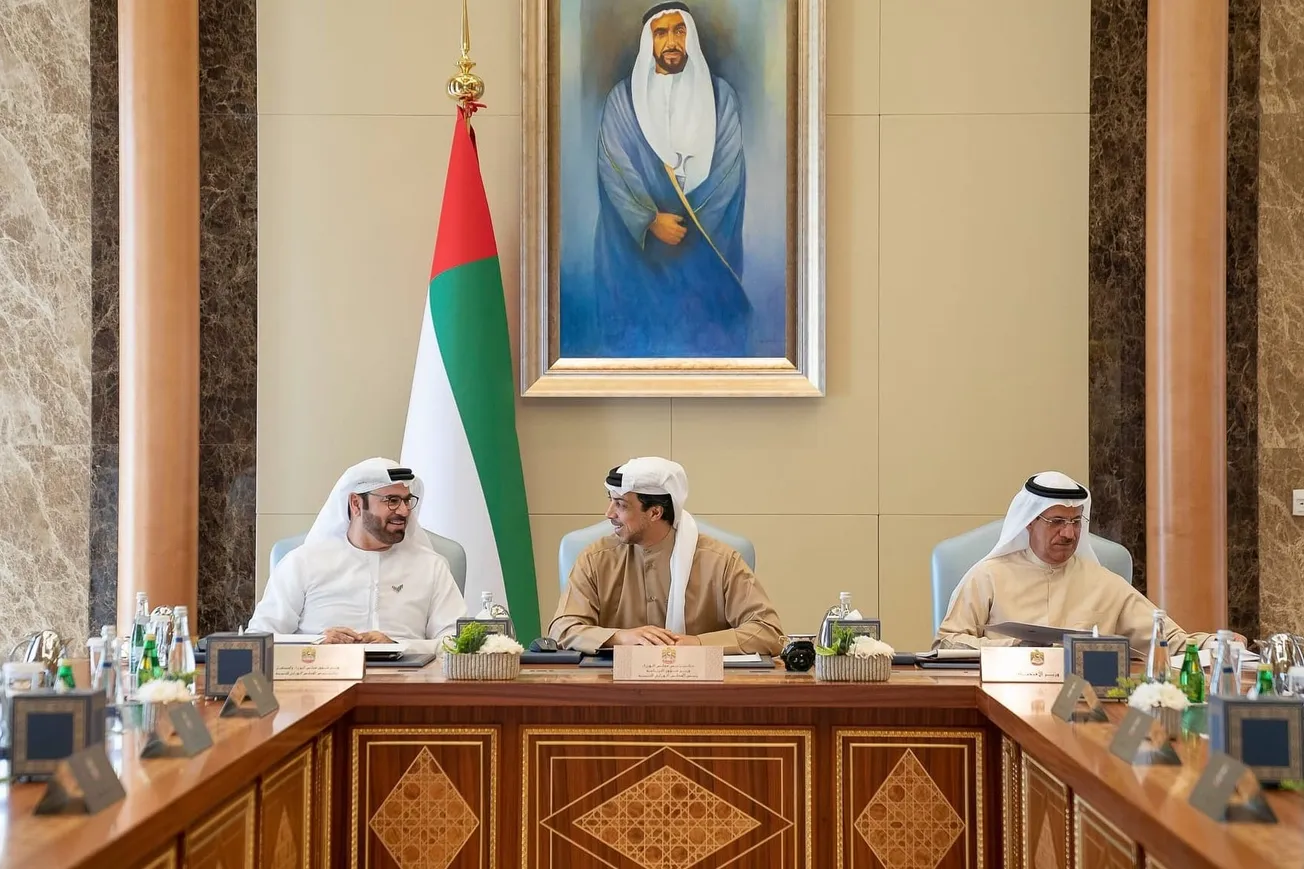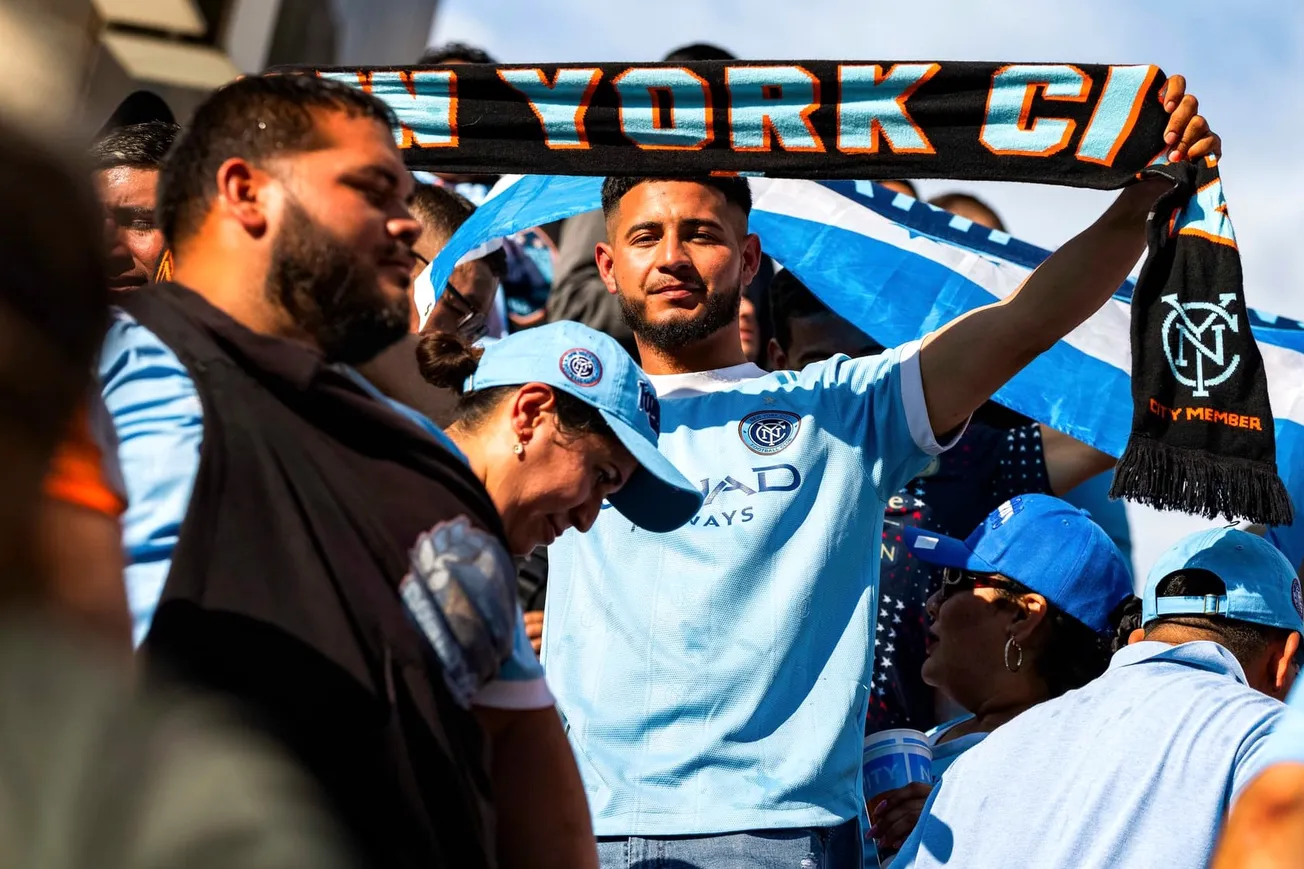New York City FC gained another sibling club in a far-off land this week when City Football Group finalized their purchase of a controlling stake in Brazil’s Esporte Clube Bahia for $200 million. That makes it a baker’s dozen clubs for CFG, with 13 teams including NYCFC now a part of the global soccer conglomerate.
The CFG approach–a multi-club model of owning clubs in leagues separated by continents–remains divisive, with some calling it the “future of soccer” and others viewing it as “dangerous” to the sport and its future. Divisive, too, remains the source of all the funding behind this rapid international expansion.
NYCFC wouldn’t exist if not for this controversial multi-club philosophy, nor would it exist without the largesse of Sheikh Mansour bin Zayed Al Nahyan. The 52-year-old member of the ruling family of Abu Dhabi owns CFG and funds all its efforts, and reportedly has a personal net worth approaching $30 billion.
The Sheikh’s appetite for new teams has not diminished since dropping a $100 million expansion fee to bring NYCFC to life back in 2013. The CFG family is huge now, and while good parents might tell you they have no favorites among their equally-beloved children, that line does not suffice when it comes to multi-million-dollar operations like soccer teams.
Now that there’s a lucky 13th club in the fold, how do all these affiliated teams actually rank within the City Football Group hierarchy? In essence, which team does daddy love the most right now?
This is not a scientific measure of the quality or exact value of all 13 teams now under CFG’s purview. That said, I also did not just completely make up a ranking of all these teams based on vibes. I weighed some specific tangibles: How much CFG paid to buy its stake in each team, FiveThirtyEight’s current global soccer team rankings, the estimated total value of each team’s roster based on TransferMarkt, and a globally-weighted ranking assigned to each team’s league.
The end result is a power ranking of City Football Group’s 13 clubs that hopefully provides an accurate of-the-moment view of the ownership group’s priorities. So let’s officially welcome Bahia into the City Family by figuring out where they rank on this subjective yet pseudo-scientific list of CFG’s current favorite clubs.
13. Sichuan Jiuniu FC
The Chinese side became the seventh club to join CFG back in 2019, when they were way down in China’s third division. They’ve spent three seasons in China’s second division, though have yet to challenge for promotion to the top flight, the Chinese Super League, finishing seventh and eighth in back-to-back campaigns. Their roster is valued the lowest of any CFG side on TransferMarket, coming in right around $3 million in total value. While the club no doubt represents an important strategic foothold in China for CFG, they seem like the smallest fish in the group’s ever-deepening ocean.
12. Club Bolívar
The La Paz-based club is considered the biggest team in Bolivia, yet this is the only club listed on the official City Football Group website as a “Partner Club.” What does that mean, exactly? It’s hard to say, but it reads as though the 30-time champions of Bolivia chose the lowest subscription tier offered by CFG, which in turn got them some software and scouting reports. It also, jokes aside, got them a brand-spanking-new City Football Academy, a distinction shared by only a handful of other cities in the CFG empire. Their squad’s reported value on TransferMarkt and that shiny new Academy helped them escape the CFG cellar.
11. Mumbai City FC
The Indian Super League side has been successful since coming under CFG ownership in 2019, winning the ISL’s version of the Supporter’s Shield twice while being crowned champions outright to end the 2020-2021 season. They play in a tiny 8,000-capacity stadium and the Indian Super League remains on the lower end of the global league rankings, hence their spot here near the bottom of the CFG priority list.
10. Lommel SK
CFG became owners of this Belgian team in 2020, though they’ve yet to find a way to get Lommel promoted to the first division. It’s now been five straight seasons of toil in Belgium’s Challenger Pro League, though it’s not like CFG haven’t been trying. There are currently five young players from other European CFG clubs–Manchester City FC, Girona FC, and ESTAC Troyes–on loan with Lommel through the end of this season. It hasn’t been enough to help the team push for promotion, but it’s still interesting to see where some of the young talent in the City pipeline now gets sent to develop. We’re not getting this year’s version of Angelino sent over to NYCFC anymore now that a new option like this one in Belgium is now a part of the CFG setup.
9. Montevideo City Torque
Bahia are the current South American darlings, but they might not be newly in the fold with CFG if not for the trailblazing that took place in Uruguay with the club formerly just called Torque. CFG bought Torque in 2017 as the group’s first entry point to South America, and have since rebranded and revitalized the club. Montevideo City have since been promoted twice to the top division in Uruguay and qualified for Copa Libertadores in 2022. Montevideo is also now home to a City Football Academy, the first one to be built in South America, and their talent pipeline has been beneficial, at least as far as NYCFC is concerned–both Taty Castellanos and Santiago Rodriguez came through Torque on their way to New York.
8. Yokohama F. Marinos
CFG are only minority owners of this standout squad from Japan’s J1 League, holding only a reported 20% stake while car maker Nissan remains the controlling owner. CFG’s partial buy-in back in 2014 was the first significant foreign investment made in a J1 League club, and it’s been a successful run of late for the team. Yokohama FM has finished within the top two spots of the J1 League table in four of the last five seasons, under the leadership of current manager Kevin Muscat and his predecessor, current Celtic FC coach Ange Postecoglou. Bonus points should be awarded from the NYCFC perspective for being the team that sold Thiago Martins to the Pigeons in their time of need.
7. Melbourne City FC
Melbourne enjoyed a swift rise once CFG took over. The Australian A-League side has been regularly competing towards the top of the table, finishing as outright Australian champions at the end of the 2020-2021 season. The A-League has a salary cap, yet Melbourne also fielded the most expensive squad in Australian league history back in 2016-2017, which feels very on brand for CFG. Australia’s league is not huge on the international stage, but that doesn’t diminish how dominant Melbourne City have been since coming under CFG’s ownership. Questions are still being asked, however, about the handling of the sale of Australian star Aaron Mooy, which is a relevant part of the financial allegations that still hang over Manchester City almost six years after the transaction.








